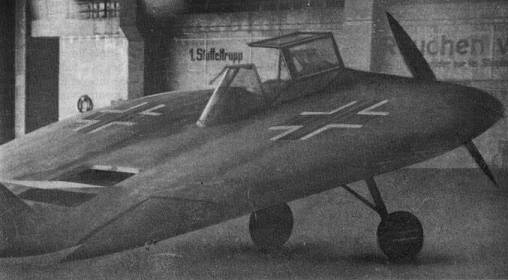
The Sack AS-6 at Brandis - 1944
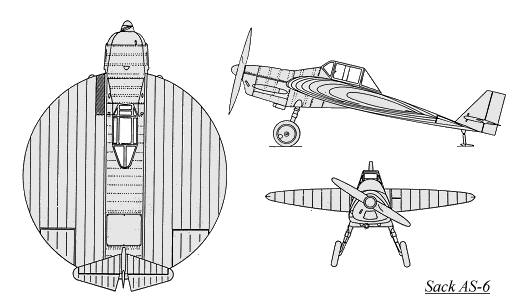 In June of 1939, the first National Contest of Aeromodels with Combustion
Engines took place at Leipzig-Mockau. Arthur Sack, who dreamed of a circular-winged
aircraft, entered his AS-1 model, but unfortunately, it had to be launched
by hand and had poor flying characteristics. Ernst Udet, who was at the
time Germany's Air Minister, encouraged Arthur Sack to go on with his research.
Sack built four additional models of increasing size, culminating with
his first manned aircraft, the Sack AS-6.
In June of 1939, the first National Contest of Aeromodels with Combustion
Engines took place at Leipzig-Mockau. Arthur Sack, who dreamed of a circular-winged
aircraft, entered his AS-1 model, but unfortunately, it had to be launched
by hand and had poor flying characteristics. Ernst Udet, who was at the
time Germany's Air Minister, encouraged Arthur Sack to go on with his research.
Sack built four additional models of increasing size, culminating with
his first manned aircraft, the Sack AS-6.
| Span | Length | Height | Wing Area | Wing Load | Takeoff Weight |
| 5.0 m
16' 5" |
6.4 m
21' |
2.56 m
8' 5" |
19.62 m²
211 ft² |
45.87 kg/m²
9.4 lbs/ft² |
900 kg
1984 lbs |
| Manufacturer | Scale | Material | Notes |
| RS | 1/72 | Resin,White Metal & Decals | entire wing/fuelage molded in one piece,
instrument panel "decal", vac canopy |
| Special Hobby | 1/72 | Injected, Photoetch & Decals | typical Special Hobby short run kit, lots of flash,
wings/fuselage split into upper and lower halves |
| A Model | 1/48 | Resin | Nice casting, wings/fuselage split into upper
and lower halves, good fit, vac canopy |
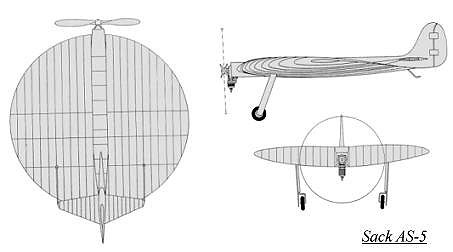
The Sack AS-5 model three-view drawing, this
was Arthur Sack's last model before constructing the full-scale, piloted
AS-6.
| Span | Length | Height | Takeoff Weight |
| 1.25 m
4' 1" |
1.59 m
5' 3" |
0.653 m
2' 2" |
4.5 kg
9.9 lbs |

The Sack AS-6 at Brandis - 1944
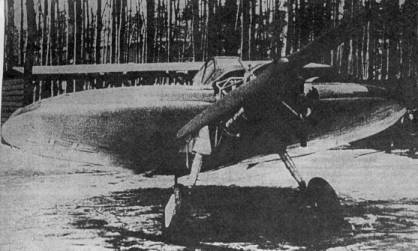 |
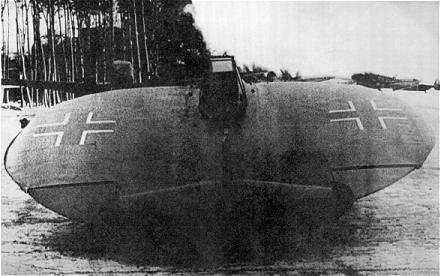 |
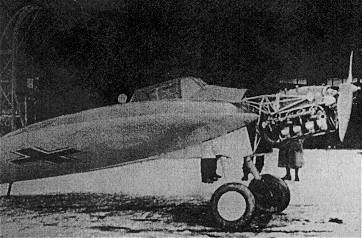 |
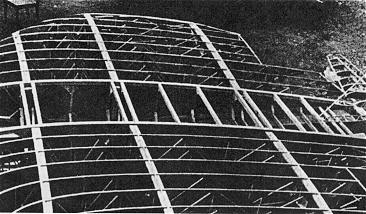 |
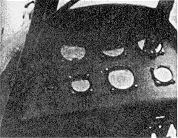 The spartan instrument panel of the Sack AS-6.....
The spartan instrument panel of the Sack AS-6.....